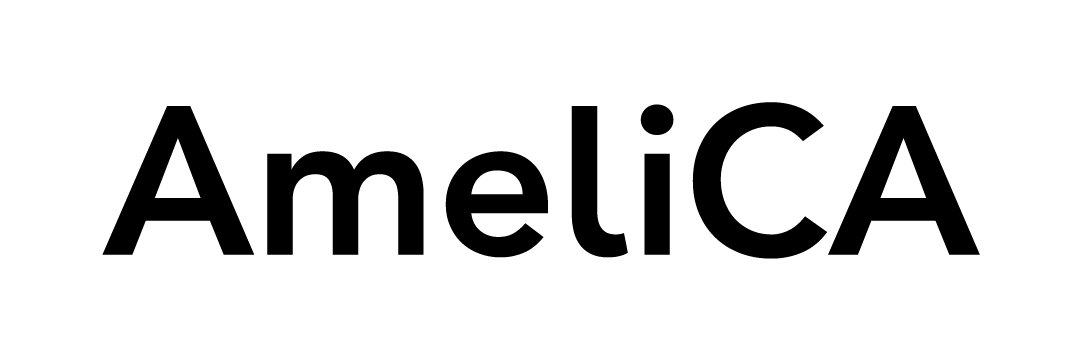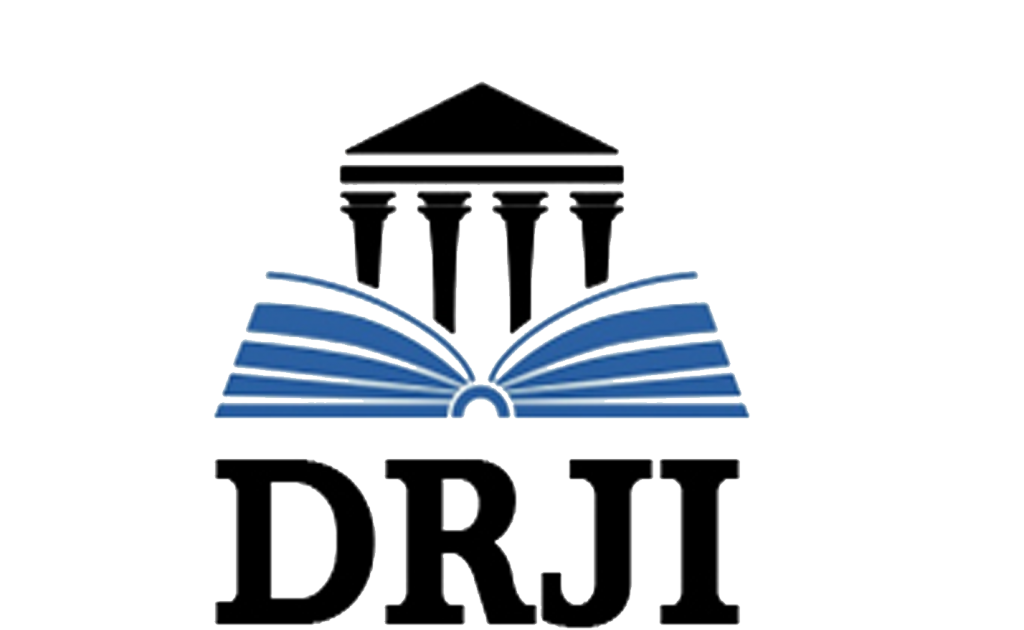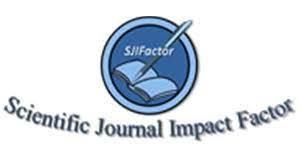Manufacture and general cost analysis of o natural Biopolymerfrom the calyx of Physalis peruviana 1 (uvilla)
DOI:
https://doi.org/10.53591/rug.v122i1.449Keywords:
starch, polymer, cellulose, Physalis peruvianaAbstract
Biopolymers are macromolecules present and synthesized by living beings, to which they can perform chemical transformations in order to obtain products and are considered as biodegradable material. They are classified according to their source of origin inthree subgroups: elaborated from biomass, with bioderivative monomers and those that are synthesized by microorganisms. We can find them in agricultural crops, pastures, vegetable oils or forest or organic residues such as calyx of Physalis peruviana L. This biopolymer could be used in society as a singular industrialization in a sustainable
aspect within agriculture; and whose properties favor sustainable economic development and sustenance to the productive matrix. By using them you can reduce the manufacture of polymers that are made with recalcitrant oils or stone material that accumulate in the environment causing pollution. Therefore, in this research we have set ourselves the following objective: to elaborate a protocol for the manufacture of a biopolymer based on calyx of Physalis peruviana L. The preparation of the biopolymer took in three phases: pulpaje treatment, bleaching treatment and elaboration of the biopolymer and the transparency was evaluated by optical spectroscopy and solubility by massloss. The biopolymer was obtained with the protocol based on acetic acid and glycerin and was obtained a 28% transparency. Finally realized a general cost analysis was performed on the manufacture of a cellulose biopolymer made from uvilla calyx with favorable properties.
References
A. García., “Obtención De Un Polímero Biodegradable a Partir D E Almidón De Maíz,” 2015. .
S. & Iriberri and R. Martínez, “Guía Didáctica del Docente-Química 4° Educacion Media,” in Santillana del Pacifico S.A., 2011, pp. 1–191.
M. Valero-Valdivieso, Y. Ortegon, and Y. Uscategui, “Biopolímeros: Avances Y Perspectivas,” SciELO Colombia, no. 181, pp. 171–180, 2013.
J. J. Yoo, A. Atala, and S. J. Lee, “Recent Applications of Polymeric Biomaterials and Stem Cells in Tissue Engineering and Regenerative Medicine Polymeric Biomaterials,” vol. 38, no. 2, pp. 113–128, 2014.
J. R. Gómez Cardozo, “Producción Y Caracterización De Polihidroxialcanoatos, Sintetizados Por Microorganismos Nativos a Partir DeResiduos Grasos,” Zhurnal Eksp. i Teor. Fiz., p. 122, 2013.[
M. Paneque, “Estado del arte y novedades de la Bioenergia en Chile.,” 2011.
G. FISCHE R, “Fischer, G. 1995. Effect of root zone temperature and tropical altitude on the growth, development and fruit quality of cape gooseberry.pdf,” Universität zu Berlin, 1995.
M. Altamirano, “Estudio de la cadena productiva de uvilla (Physalis peruviana L.) en la Sierra norte del Ecuador.,” 2010.
PROECUADOR, Boletín de Comercio Exterior. 2015, p. 26.
R. Cruz-Morfin, R. Martínez-Tenorio, and A. López-Malo, “Biopolímeros y su integración con polímeros convencionales como alternativa de empaque de alimentos,” Temas Selección Ing. Aliment., vol. 7, pp. 42–52, 2013.
B. H. A. Rehm, “Bacterial polymers: biosynthesis , modifications and applications,” Nat. Publ. Gr., vol. 8, no. 8, pp. 578–592, 2010.
G. Canché-Escamilla, J. M. De Los Santos-Hernández, S. Andrade-Canto, and R. Gómez-Cruz, “Obtención de Celulosa a Partir de los Desechos Agrícolas del Banano,” Inf. Tecnol., vol. 16, no. 1, pp. 83–88, 2005.
I. Triviño, “La restricción a la importaciónde productos alimenticios y su impacto para el crecimiento de la producción agrícola del ecuador en la zona 5, período 2011-2013,” 2015.
E. Antal, “El mecanismo de desarrollo limpio (MDL), una alternativa ambiental para México, dos casos de estudio.,” 2012.
L. Giraldo-Cardenas, Y. Kammerer, and L. Ríos-Osorio, “Responsabilidad social en pymes del área metropolitana de Medellín, Colombia,” vol. 3, no. 175, pp. 207–219, 2016.
L. Susunaga, “Costos Indirectos de Fabricación,” 2015.
Z. Armijos, “Aplicación de la contabilidad de costos en La fábrica de accesorios plásticos para riego Kaliflex del sitio San Vicente de la ciudad de Piñas, durante el mes de septiembre 2014,” 2015.
R. Cuichán, “Obtención de ácido poli-láctico a partir de lactosuero para la fabricación de empaque primarios,” 2015.
M. Gonzalez, “Propiedades químicas y físicas de polímeros,” 2012.
Published
How to Cite
Issue
Section
License

This work is licensed under a Creative Commons Attribution-NonCommercial-NoDerivatives 4.0 International License.

This work is licensed under a Creative Commons Attribution-NonCommercial-NoDerivatives 4.0. International License.
You are free to:
- Share — copy and redistribute the material in any medium or format
- The licensor cannot revoke these freedoms as long as you follow the license terms.
Under the following terms:
- Attribution — You must give appropriate credit , provide a link to the license, and indicate if changes were made . You may do so in any reasonable manner, but not in any way that suggests the licensor endorses you or your use.
- NonCommercial — You may not use the material for commercial purposes .
- NoDerivatives — If you remix, transform, or build upon the material, you may not distribute the modified material.
- No additional restrictions — You may not apply legal terms or technological measures that legally restrict others from doing anything the license permits.































